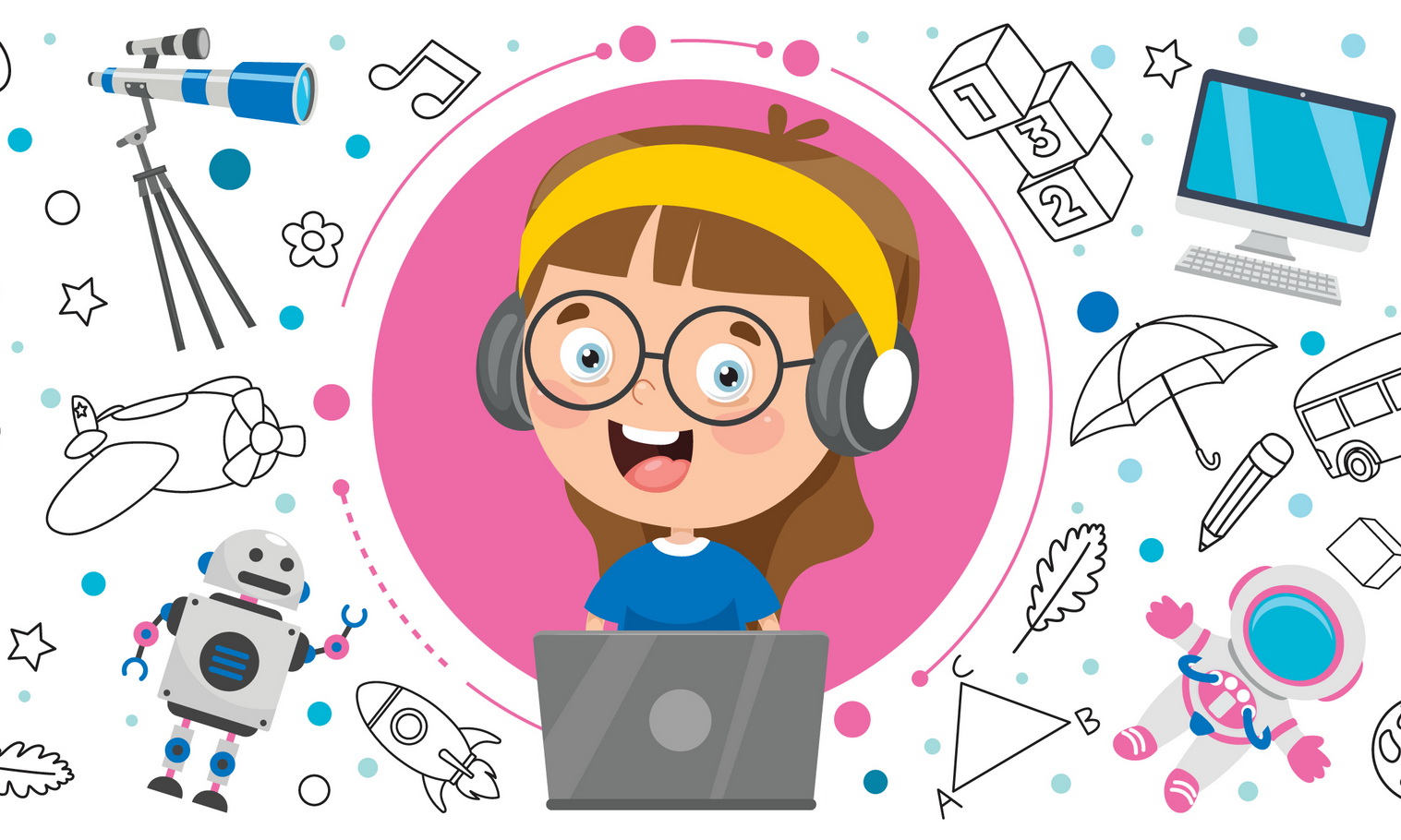Identifying differences Normal Worksheets for Ages 4-7
3 filtered results
-
From - To
Enhance your child's observational skills with our "Identifying Differences" worksheets designed specifically for ages 4-7. These engaging and interactive worksheets encourage young learners to spot differences between similar images, promoting critical thinking and attention to detail. Each worksheet offers a variety of fun themes to captivate your child's interest while fostering their ability to analyze visual information. Perfect for home or classroom use, these normal worksheets help children develop essential skills in a playful manner. Download now and watch your child's confidence and perceptual abilities grow as they enjoy the challenge of finding those tricky differences!


Which Is Brighter? Worksheet


Activities for Different Kinds of Weather Worksheet


Take a Look - Part 1 Worksheet
Identifying differences is a crucial learning concept for children aged 4-7, playing a vital role in their cognitive and social development. During these formative years, children begin to understand the world around them, including the ability to recognize distinctions between objects, people, and ideas. This skill fosters critical thinking, enhancing their analytical skills as they learn to compare, categorize, and draw conclusions.
For parents and teachers, recognizing the significance of this concept supports overall development. It nurtures important social skills, as children learn to value diversity and appreciate individual differences among peers. By helping children identify differences, caregivers promote empathy and inclusivity, reducing biases as children grow.
Additionally, mastering this concept contributes to essential academic skills, such as language development. By discussing differences, children expand their vocabulary and enhance their communication skills while learning to express opinions and share observations.
Ultimately, fostering the ability to distinguish differences strengthens children's positional understanding, creativity, and willingness to explore. When parents and teachers actively engage in these discussions, they lay a strong foundation for lifelong learning, encouraging curiosity and confidence in young learners.
 Assign to My Students
Assign to My Students



.jpg)















